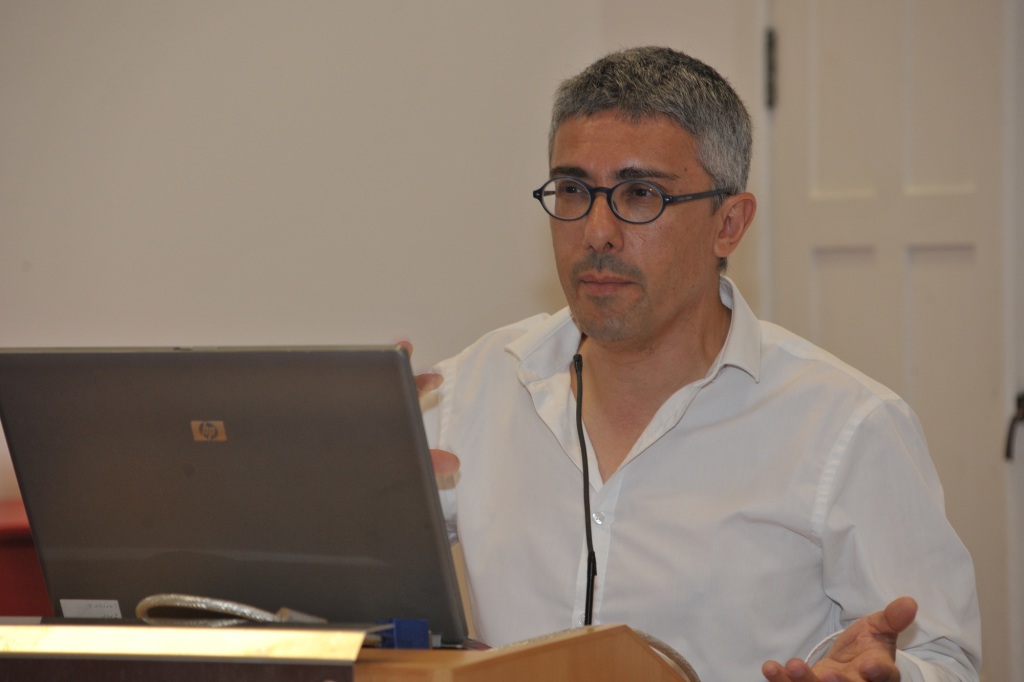Following VIVA’s successful opening at St James Cavalier in Valletta on Monday, guest blogger Trevor Borg caught up with VIVA director Dr Raphael Vella to learn more about the contemporary art showcase. This is what emerged from the interview.
Let’s start with an easy one. How do you feel now that VIVA 2015 is underway?
Relieved! And grateful to all the people who contributed in so many different ways.
What did you find most rewarding about this event and what challenges were there?
For me, the best rewards are always the works of art themselves and the human connections they engender. The challenges were many, and to some extent this is inevitable in any festival or big cultural event. Available funds for VIVA are quite limited and this puts extra pressure on everyone, because in situations like this there is really very little room for mistakes. The infrastructure for a festival like VIVA is still in its infancy and we clearly need more technical staff.
How does the lack of a National Museum of Modern and Contemporary Art impinge on VIVA and vice versa?
The two things have entirely different aims. VIVA has no collection to preserve or curate, but it could dip into available national collections if necessary. If it existed, a museum of contemporary art could also contribute with its venue, staff and levels of expertise. This would also mean that VIVA would have yet another cultural entity on board, which has both advantages and disadvantages, because it’s good for entities to collaborate but it’s also never easy to make everyone happy.
It’s no secret that art education in Malta is still struggling to find its deserved space across the curriculum. What can we learn from VIVA in regard to art education?
I’m happy to see that some participants in the Curatorial School are art teachers. This means that some of the ideas discussed during the course may eventually find their way to the children’s classrooms.
Art is political. How would you juxtapose that with VIVA 2015?
The exhibition ‘Unexplored Territories’, curated by Iury Lech, presents the videos of several contemporary Palestinian artists, all of which is political in various ways. A number of works in the exhibition I curated too (‘Good Walls make good Neighbours’) also deal with political issues, such as Yael Bartana’s ‘Summer Camp’.
In hindsight, what would you do differently?
There are a few works that would have benefitted from a better installation. We definitely needed more time in the early stages, in order to plan exhibitions and contact participating artists and so on.
Divergent Thinkers has since last year been integrated with VIVA. Don’t you think that such move has somewhat diminished the former’s exposure?
Yes and no. Before, it was a standalone event, so in a way it was more autonomous. One might argue too that an exhibition of work by emerging artists should not form part of a festival that presents professional artists. At the same time, there is a selective process that leads up to the exhibition of Divergent Thinkers so we try to make sure that the standards achieved in such events are consistently high. And we shouldn’t forget that one of the aims of having a festival and concurrent curatorial school was to help international curators become aware of what’s happening, artistically speaking, in Malta.
What does VIVA’s future look like?
I am already working on the next edition of the Curatorial School and contacting potential curators. As for the exhibitions that could form part of yet another edition of the festival, this is hard to predict at this stage.
Trevor Borg is a practicing artist and lecturer.

